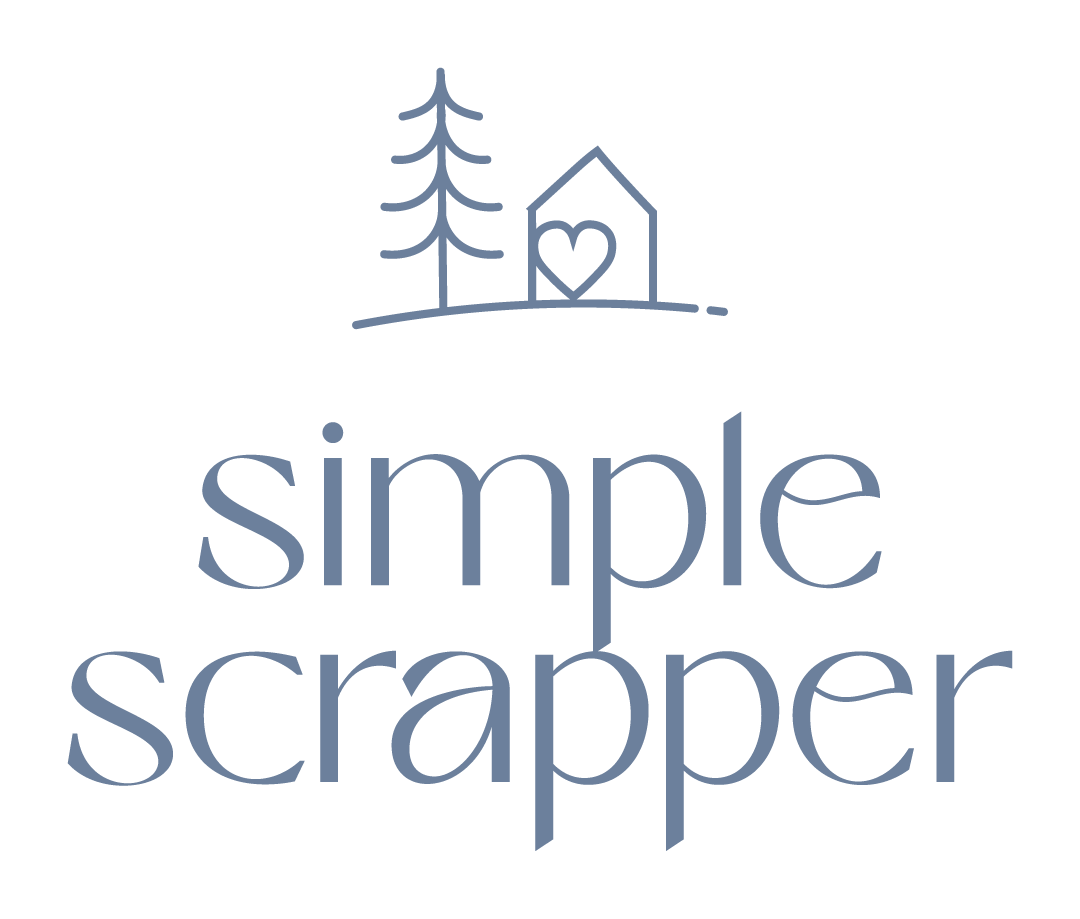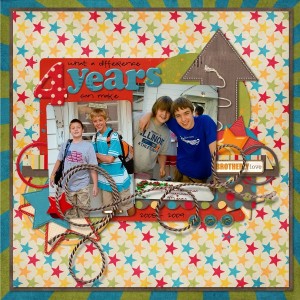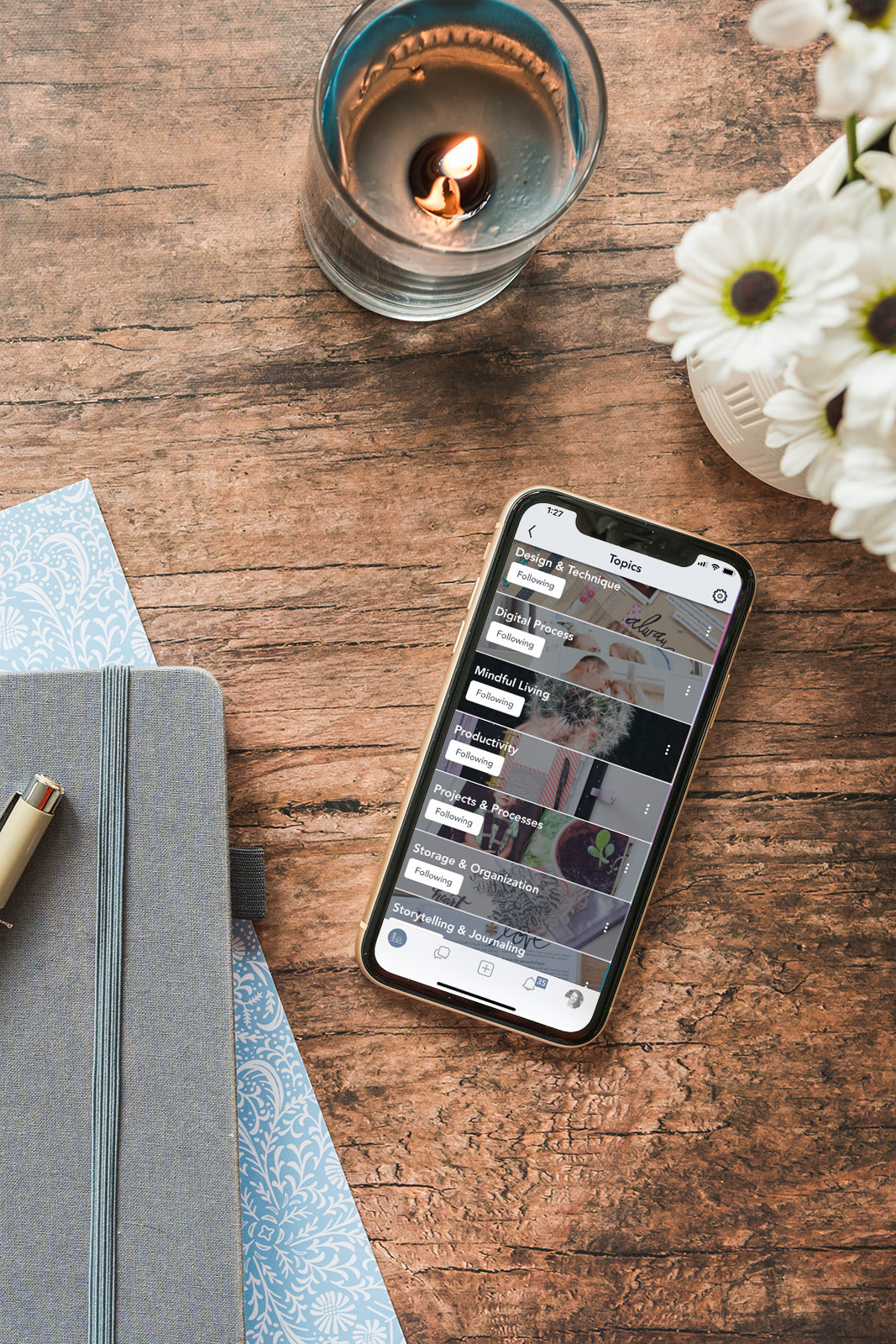Last week I started exploring Digital Scrapbook Artist 2. I wanted to test out Digital Scrapbook Artist 2 (DSA2) to see if any scrapper could achieve the same level of design quality and detail possible with Photoshop Elements. This layout below was created entirely within DSA2 and can also be found in the Daisy Trail gallery. I’d like to think the answer to my question is a resounding yes!
I’m pretty excited about this news, because I think DSA2 might help some of you scrapbook more. Here’s my bottom line: If you’re already using and enjoying PSE, I don’t see a reason to switch.
However, if you’re just getting started with digital scrapbooking and trying to select a tool, you should look closely to see if DSA2 meets your needs. To me, it depends on how easily you learn new software, how much time you want to invest in getting up to speed and if you’re hoping to use the software for other purposes.
DSA2 makes it easy to get started scrapbooking, right out of the box.
You all had a ton of really great questions that I’ll try to answer here below.
Can you use other digital scrapbooking kits?
Serif is hoping you will buy kits from the Daisy Trail shop, kits that can be natively imported into DSA2 as .pack files. However, you definitely can bring in the traditional digital kit composed of .jpg and .png files. There are a couple of methods to accomplish this.
Method 1
The first method involves using the “Digikit Creator” to import a kit. I tried importing my papers into the backgrounds area, my elements into the embellishments area and my alphas into the letters area. I discovered this is a bad idea because each of those DSA2 categories has special properties that may not reflect how you want to use the kit items.
Example #1: The alphas are expecting a 1-1 relationship between each image and the keyboard. It asks you to assign them before moving forward, which is far too time consuming.
Example #2: A page in DSA2 can only use one background from that area. In order to use more than one paper, they must be imported into another category.
The benefit of this approach is that you can then save your kit, making it available from within DSA2 at any time. My recommendation is to import all components of a kit into the “Materials” area.
Method 2
If having your kit items available in a menu while scrapbooking is important, I think this second approach is a good, quick compromise. Within DSA2, you can add anything to the Photos area on the left. Here you can import all kit items and save these with your layout as a project. This is, to me, the fastest way to add digital elements to your page.
Method 3
This final method is most akin to the PSE experience. Instead of File > Place, you go to Insert > Photo > From File. This involves knowing where your kit is stored and navigating to it on your hard drive. This is the easiest way to get started, but I find Method 2 to make the adding of many embellishments very quick.
Can you use layered templates?
Yes, it is technically possible to use a layered template that has been saved as .PNG files. However, this experience is not as quick. Essentially, you are starting with a series of clipping masks, but its up to you to size and position them. The best way to do this is to add the preview to your new layout to serve as a reference.
Given that so many templates contain unique shapes, like scallops, it can be totally worth it to go to this trouble.
Does DSA2 use clipping masks?
In Photoshop Elements, clipping masks are a fundamental technique for re-creating the effect of layered papers. In order to get this to work properly, I had to better understand how layers work in DSA2.
Unlike PSE, you don’t want to place each item in its own layer. Think of layers in DSA2 as superlayers or groupings. To clip a paper to a shape, I placed the paper above the shape within one layer. I use Ctrl+select to highlight both. I then went to Arrange > Crop > Crop to Bottom Item.
Using this method allows you to properly shadow a “clipped” layer. I discovered this in a backwards way. I had been following the instructions to create a mask, which is essentially a shape window to whatever is below. However, a shadow on this layer becomes masked as well. (Think of clipping a paper to a pre-shadowed or flattened later in PSE.)
How does DSA2 handle shadows?
This program’s handling of drop shadows offers some good news for PSE users who desire more control. Shadows are sort of in their own layer, meaning they can be manipulated separately from the shape itself. They can be rotated, sheared, moved, and transformed in many ways. While there is no specific pen-like tool for warping, similar effects are possible.
One feature I really like is the ability to shadow many elements at once. Click the element, select the shadow tool, drag your shadow into place. Then, immediately select another element and repeat the drag. There is no need to select the shadow tool again!
Can you use brushes?
DSA2 comes with quite a large selection of brushes. However, they are not .abr files. Therefore your Adobe-compatible brushes would not work with DSA2.
Does it have all of the very usful tools that PSE has, such as marquee, clone, erase?
Some of the more advanced tools in PSE, like marquee and clone, are not present. However, there is an eraser and a pen tool.
Can you undo or redo easily?
DSA2 uses the standard Ctrl-Z and Ctrl-Y for Undo and Redo.
Can it use paths?
DSA2 will allow you to warp text on a path, though this requires good knowledge of pen tool.
Can you use actions in DSA2?
Actions in PSE are very unique to all of the features and functions of that software. Ever noticed how many Photoshop CS actions are not compatible with PSE? So, no, you can’t use actions nor did I find any mechanism for record actions.
Could a younger scrapper use DSA2?
In my opinion, DSA2 would be easier (than PSE) for your younger kids (middle school and younger) to get started with. However, your high school kids will likely be exposed to Adobe products in high school. Since those are the industry standard, my personal opinion is that your older kids should consider PSE to develop very marketable job skills.
What are the minimum hardware requirements?
- Pentium PC with CD drive and mouse
- Windows® 7, Vista or XP(32-bit only for XP) operating systems
- 512 MB RAM
- 510 MB free hard disk space
- 1024 x 768 monitor resolution
Can you use DSA2 on a Mac?
Yes, if you are running Windows on your Mac. If not, then no.



So they allow you to assign each letter of an alpha to a keystroke? That sounds like it would require some set up, but could be marvelous. I have pretty much given up on using alphas because they take so much longer than using a font.